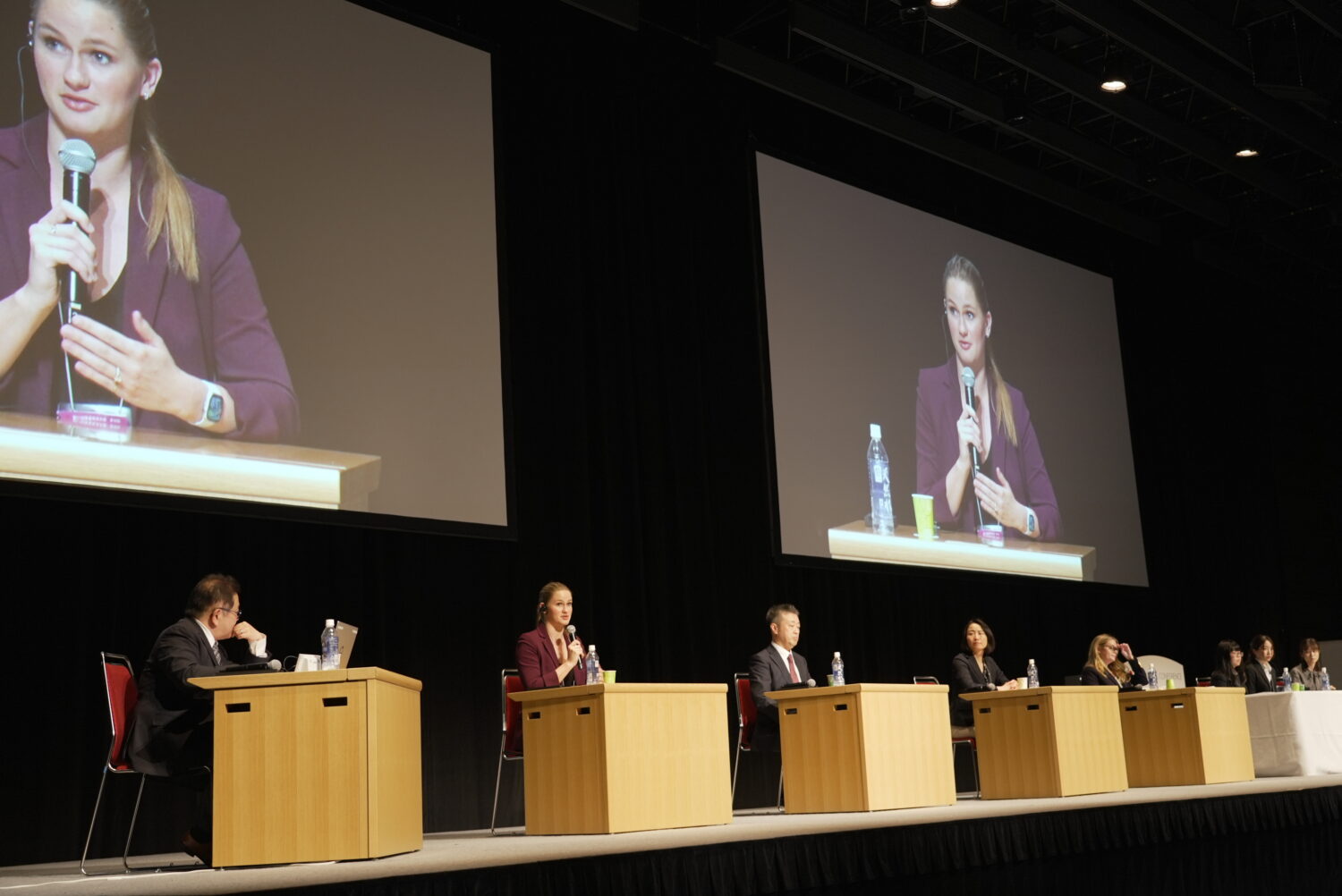According to the decommissioning roadmap, full-scale removal of debris―the core of the decommissioning work―will be conducted at Unit 2 using a robotic arm, which was developed in cooperation with the UK toward investigating the interior of the primary containment vessel (PCV) and for the experimental removal of debris.
This time, a telescoping device (an instrument extending in the manner of a collapsible fishing rod) was inserted into the X-6 penetration, one of the holes reaching through to the PCV. On August 22, work initially began to prepare for connecting pushing pipes in the hole, but it had to be halted owing to a mistake in the order of the pipes being inserted.
On September 10, the piping was corrected, after which checks at the site were completed and the work resumed. On the same day, the head jig—installed on the arm of the telescoping device—was passed through an isolation valve, after which the experimental removal started.
It was subsequently found that images from the camera installed at the end of the arm of the telescoping device were not being properly sent to the monitor in the remote-control operations room. On October 24, work to replace the camera was completed. Four days later, on October 28, the removal was resumed and the head jig reached the fuel debris two days after that, on October 30.
Fuel debris sampled in the experimental removal will be transported to various laboratories, such as the Oarai Nuclear Engineering Institute of the Japan Atomic Energy Agency (JAEA), for detailed analyses. The Nippon Nuclear Fuel Development Co. (NFD), adjacent to the Oarai Institute, has already begun preparing for the analyses using an electron microscope.
The results will be incorporated into a work plan toward full-scale removal and become part of the education and training of those who will be engaged in the work henceforth.
On November 8, after the reported completion of the experimental removal, Minister MUTO Yoji of the Ministry of Economy, Trade and Industry (METI) spoke on its significance at a press conference that followed a Cabinet meeting, saying that it was “a key step forward in anticipation of full-scale decommissioning.”
He added that he looked forward to a better understanding through future analyses, which he said would contribute further to the advancement of the decommissioning. He concluded by saying that he expected TEPCO to keep carrying out its work putting the top priority on safety.












